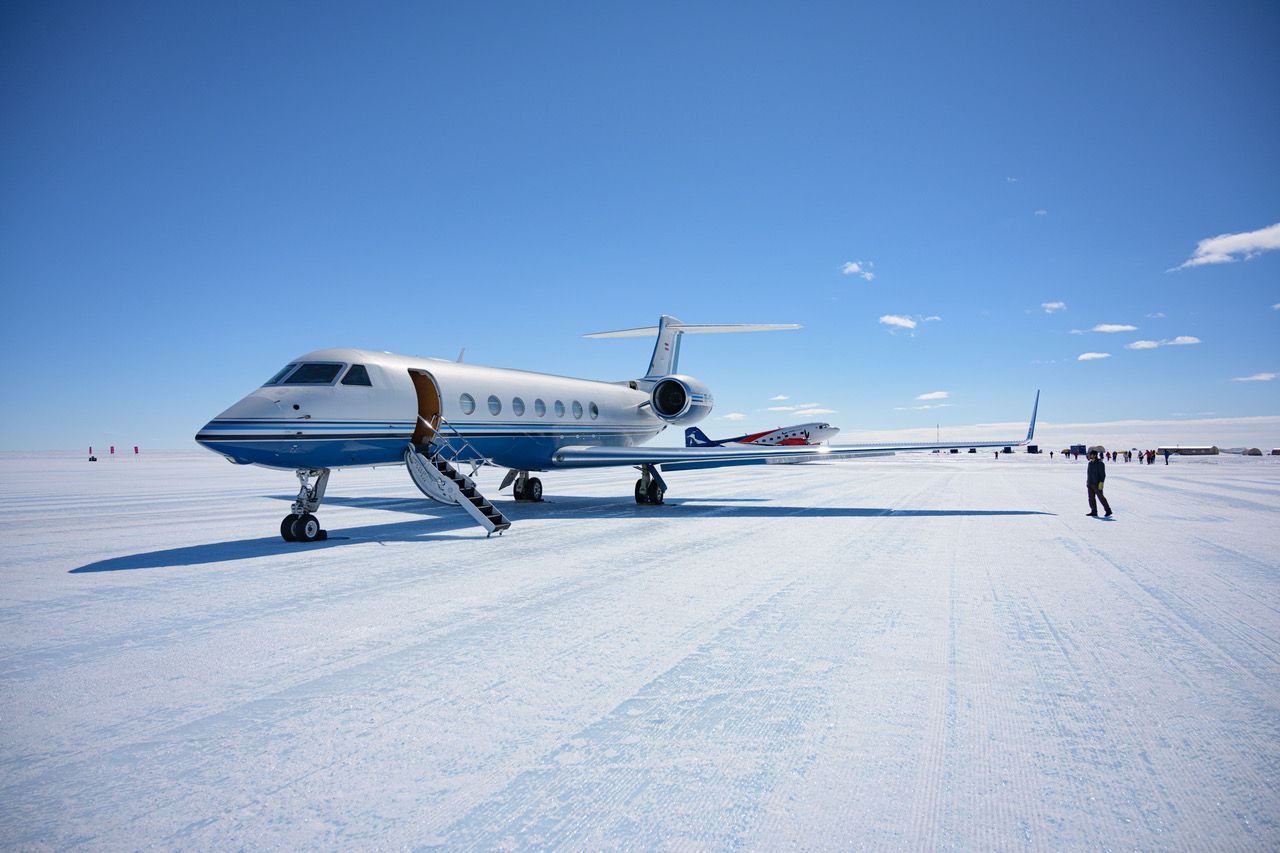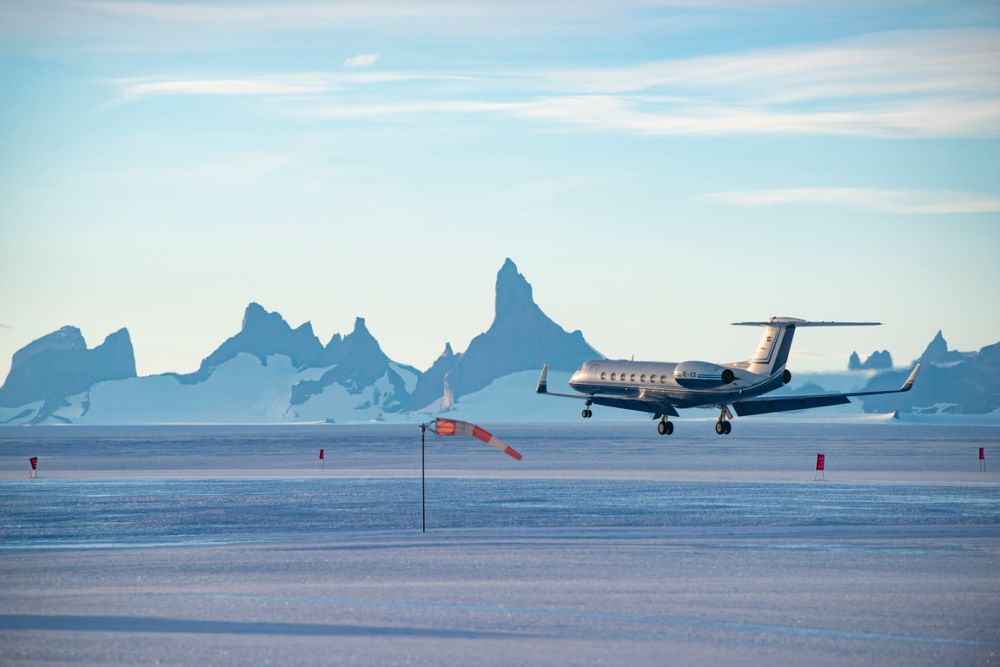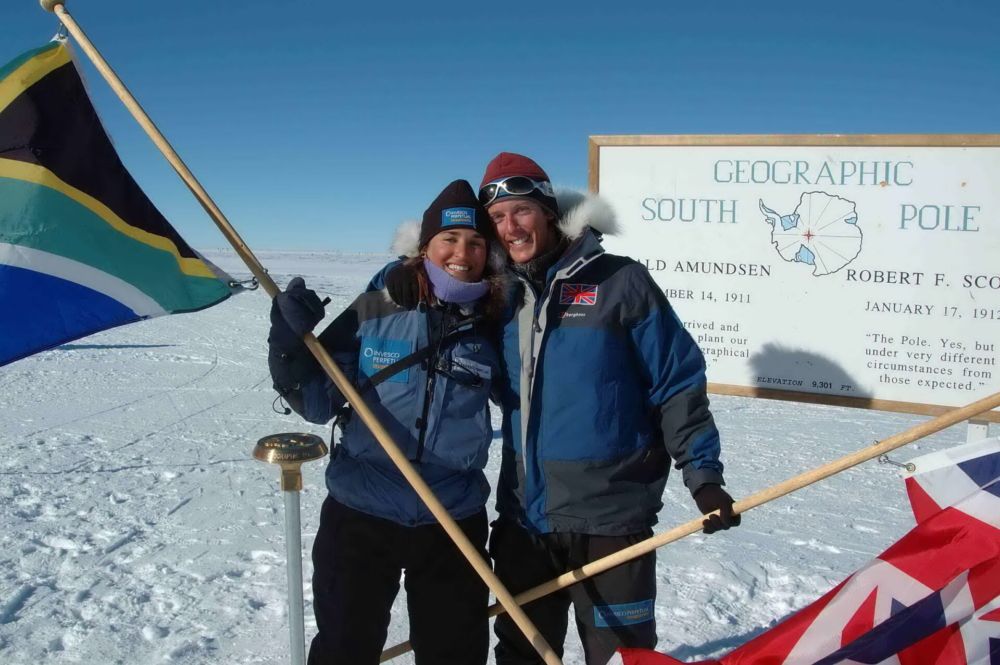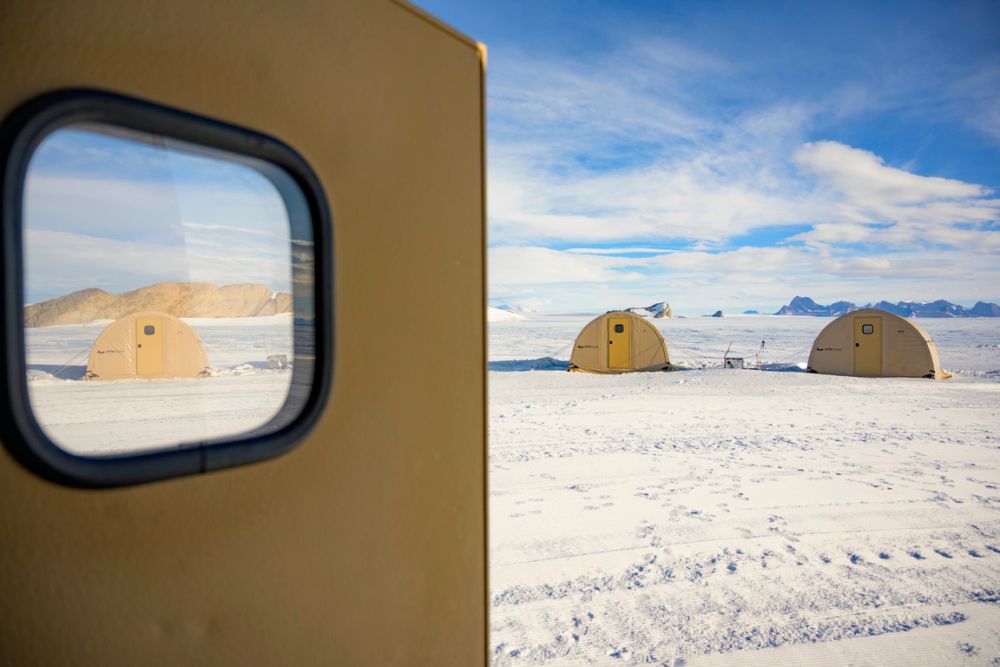White Desert conducts adventurous expeditions to Antarctica between the months of November and January. The British outfit offers a range of packages, including the chance for passengers to see the South Pole and emperor penguins. Simple Flying had the opportunity to speak with the tour operator's CEO, Patrick Woodhead, about the logistics of sending aircraft to the world’s largest desert.
A hop across the Ocean
To reach the mountains of Queen Maud Land, Antarctica, the operator flies from Cape Town, South Africa. The Gulfstream G550 is the aircraft of choice on the intercontinental route to Wolf’s Fang Runway. The firm chose this jet because it is of its reliability as the workhorse is able to perform robustly even in the cold.
The company adds that the G550 has an impressive payload vs. range. This factor means that the aircraft can carry 12 people on the 4,100 km / 2,214 NM trip to Antarctica and still have enough fuel to return at any moment, should it be required.
Passengers undoubtedly expect comfort on the five-hour trip south. A private jet favorite of the likes of Tom Brady, Tiger Woods, Mark Cuban, Michael Jordan, and Elon Musk, the tall and wide cabin of the G550 offers plenty of space and flexibility. White Desert notes that the plane’s windows are notably large in comparison to those of the Global Express and Dassault Falcon. As a result, travelers can enjoy unparalleled views while cruising over the unique Southern Ocean on the way to the interior of Antarctica.
After departing Cape Town, the night of the African continent turns to day as the G550 soars over thousands of icebergs to its destination in Antarctica. During the peak Southern Hemisphere summer months, the land experiences 24 hours of continuous sunshine.
Taking everything into account
There is plenty to consider regarding safety when operating a mission to such a region. With its modern avionics and synthetic vision, the G550 can be trusted in this respect.
Many variables go into launching and supporting a flight to Antarctica. Weather is the main factor. However, as forecasting gets more sophisticated and more data gets accumulated each year, the risks diminish. Regardless choosing the right plane for the job is essential.
“Our Gulfstream 550 has return range, which makes it a much safer operation, plus all the modern safety systems from synthetic vision, TCAS 2 and the latest all-round avionics. But, there is always the risk that you launch the flight and it has to turn around midway because of an unforeseen change in weather ‑ “That’s expensive – $120,000 just burnt up in flying time.” As good as the plane is, a lot is down to the expertise of our pilot and crews, which have now completed over 85 landings in Antarctica,” Woodhead told Simple Flying.
“Then, there is the whole process of maintaining a suitable ice runway and getting a surface prepared that performs to the equivalent standard as Heathrow on a wet day. This requires a lot of knowledge, logistical support and fuel! Each liter of fuel has to be brought in by an ice breaker vessel – taking 10 days to reach Antarctica from Cape Town. It then has to be traversed over 700 km to get to the runway, making it eight times more expensive than normal fuel. And to support our flights to the South Pole, we have to move fuel even further inland, necessitating a two months convoy of tractors that cost so much that the fuel goes to 50 times its normal price.”
Ground safety
White Desert is the exclusive operator of Wolf’s Fang Runway in Antarctica. Due to the constantly shifting glacier ice, the 3 km (1.9 mi) long blue ice runway must be continuously monitored and resurveyed. Woodhead shares that the runway is graded and prepared for each flight, giving the ice similar friction to landing on a wet runway.
The ancient glacier ice is so sturdy that it can support the largest aircraft found across the globe. Therefore, no complicated equipment is required for the plane. Using specialist techniques and machinery, the firm has created a runway that is uncompromising in its safety. The likelihood of delay is also reduced.
Overall, the operator’s experienced crew has conduct over 20 flights per season with its aircraft. The crew’s familiarity with the site supports Wolf's Fang’s reputation as a well-established and reliable airbridge between Africa and Antarctica.
Stay informed: Sign up for our daily and weekly aviation news digests
Balancing operations
The G550 isn’t the only aircraft that White Desert operates. Internal flights across the interior of Antarctica are deployed with the company’s refurbished Basler DC-3. This aircraft features a sizeable cabin allowing for roomy and comfortable flight for clients. Woodhead adds that the 1940’s airframe of the old DC-3 Dakota has been reborn in this $11 million rebuild. This type had been billed as the best aircraft for long-range travel in Antarctica.
The DC-3 is used on adventures to the South Pole and the emperor penguin colony at Atka Bay. The aircraft is rebuilt to the last rivet, with Pratt & Whitney turboprop engines, elongated wings, and up-to-date avionics. Also, the plane is ski-equipped so that it can land on snow runways and ice.
Another member of the fleet is a Twin Otter DHC-6. With its sturdiness, this aircraft is utilized for shorter flights and off-strip landings. DHC aircraft are famed for their ability to operate in hard-to-reach areas. From tackling wildfires and landing in isolated communes, they can be adapted to different conditions.
Overall, with packages costing tens of thousands of dollars, White Desert needs to ensure that it has the right arsenal for its missions. All of the company's aircraft have their own capabilities to perform their unique role. With its balance of comfort, efficiency, and safety, the G550 performs its services to Wolf's Fang seamlessly.
What are your thoughts about White Desert’s operations in Antarctica? What do you make of the company’s deployment of the Gulfstream 550? Let us know what you think of these flights in the comment section.




